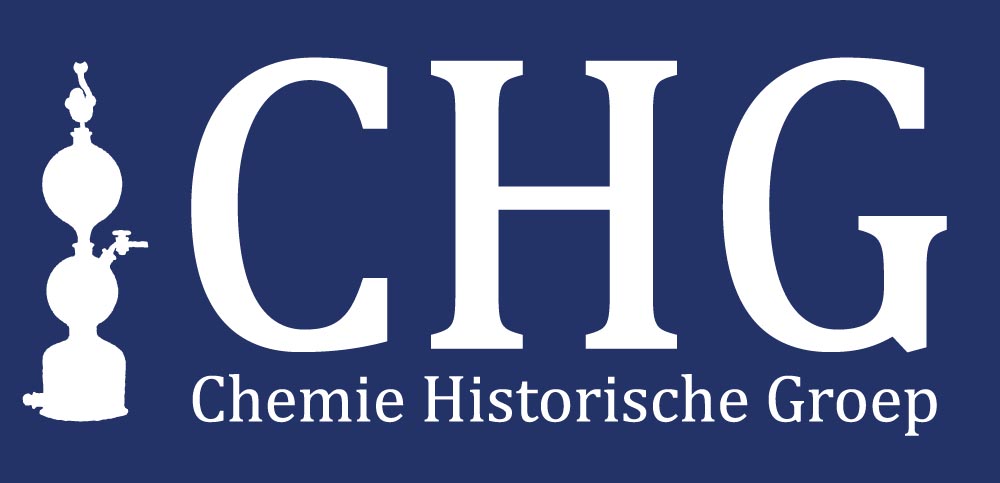| Spreker: | Prof Hans Lyklema (Wageningen University) |
| Tijdstip: | 13.30-14.30 uur |
The acronym DLVO stands for Deryagin, Landau, Verwey and Overbeek, two Russians and two Dutchmen who, independent of each other, developed a theory for the stability of lyophobic colloids. The development is historically and scientifically interesting.
The history is that the two groups were aware of each others progress till the outbreak of the Second World War. During this war all Dutch-Russian interaction was suspended. Both groups resolved the main issue, oblivious of the progress of the other party. After the war the communication was restored and then it transpired that the essential steps of the theory were the same, although the presentation was very different. A dispute emerged on the priority which eventually was resolved by naming the model DLVO theory.
One of the main scientific points to clarify was the extremely strong sensitivity of the stability to the valence z of the counterion, known since the beginning of the 20th century as the Schulze-Hardy rule. In the prewar years that was enigmatic. For example, electrostatic interactions in electrolyte solutions have only a linear dependence.(Debye-Hückel). For highly charged particles DLVO theory predicts a z-6 scaling.. Since long this has been considered as one of the main achievements of DLVO. However, closer analysis shows this to be incorrect. The ins and outs of this insight also have historically interesting implications.

